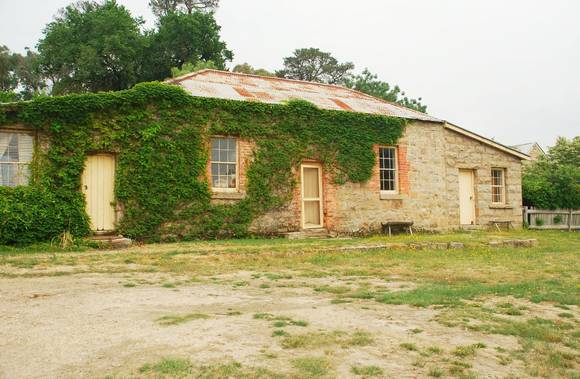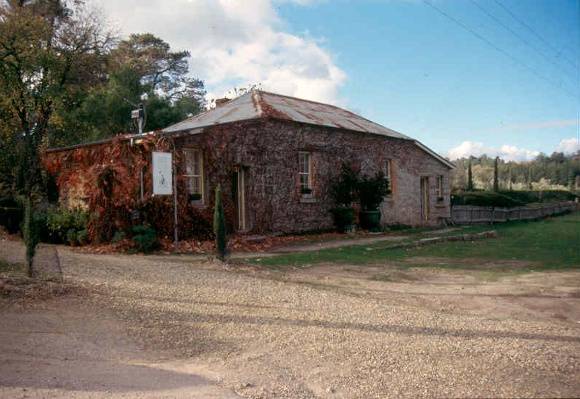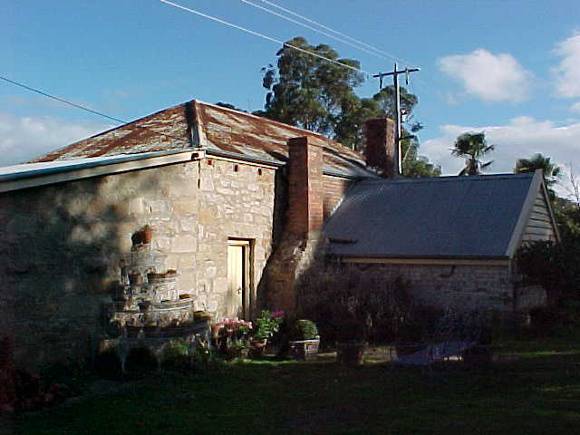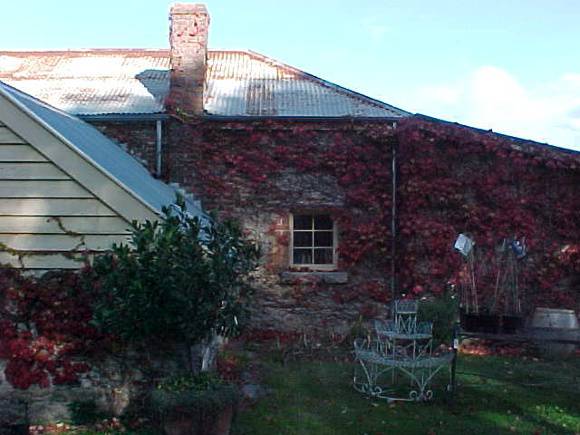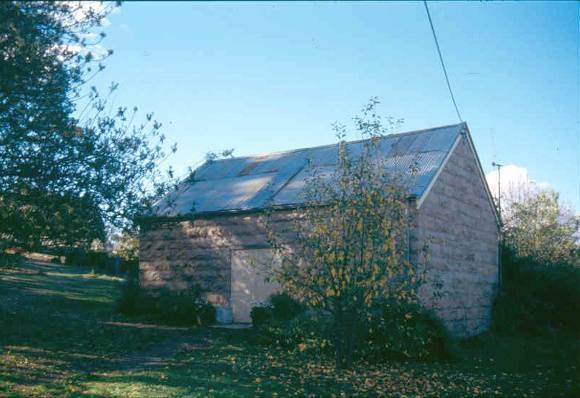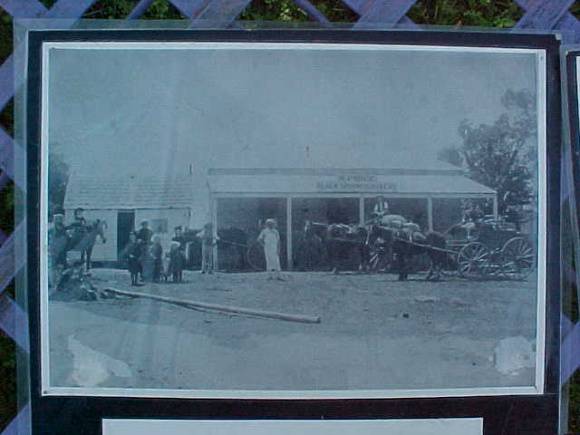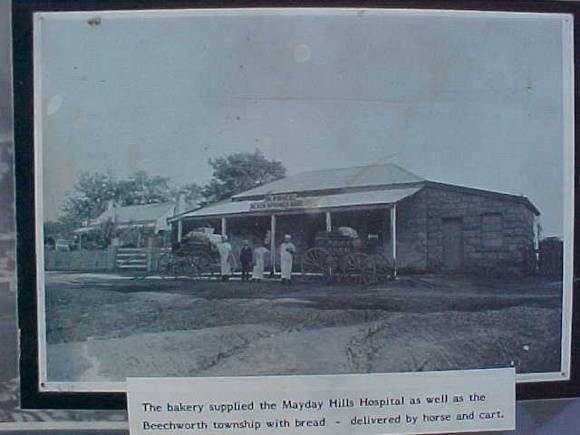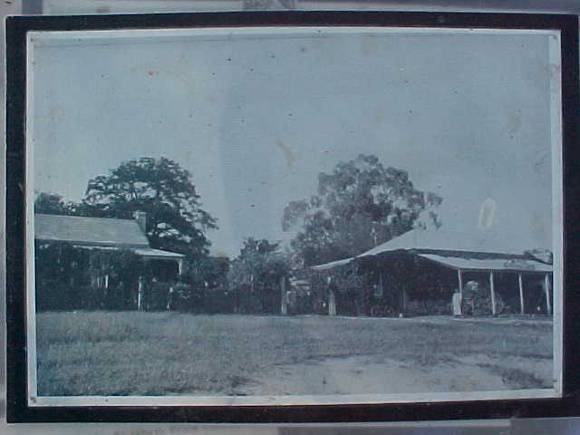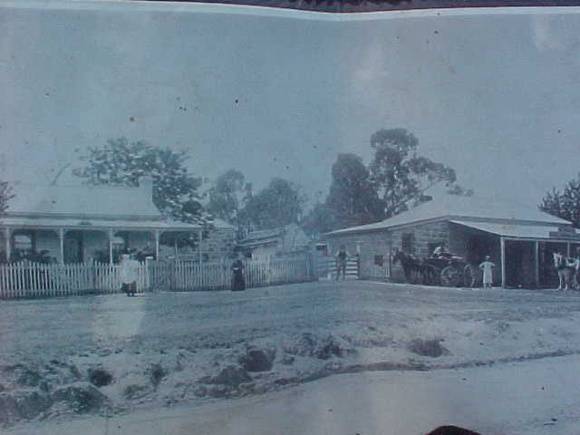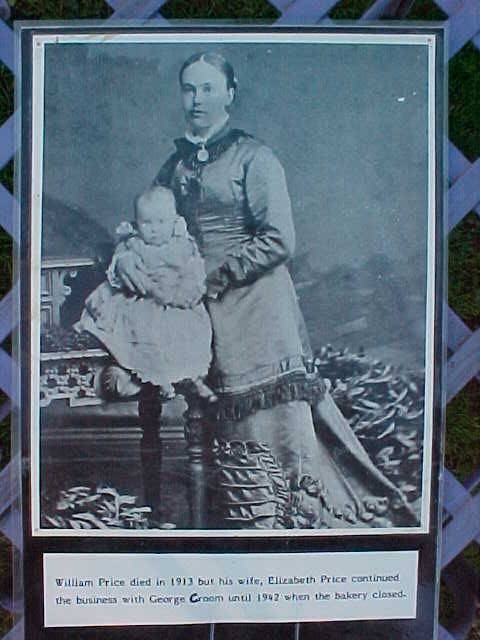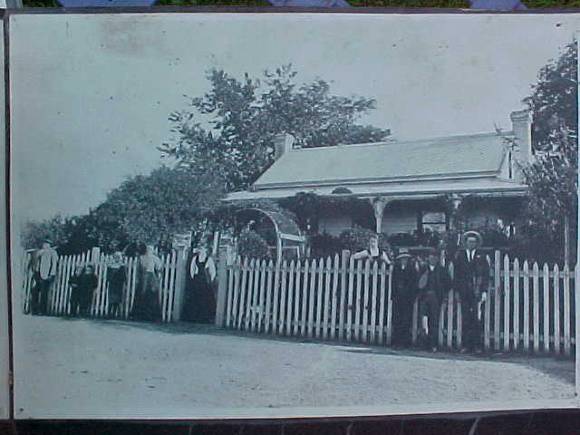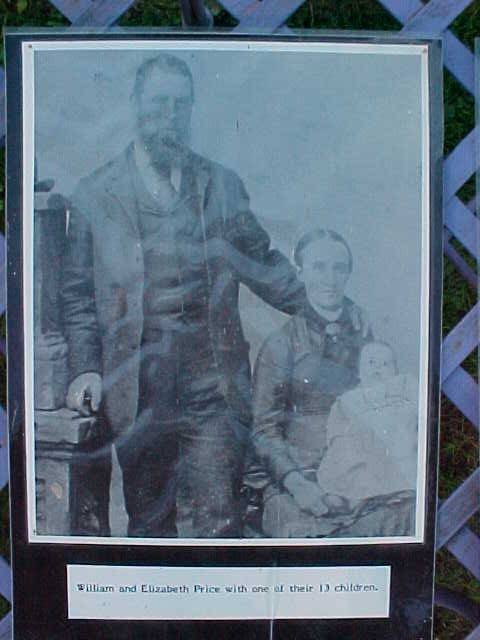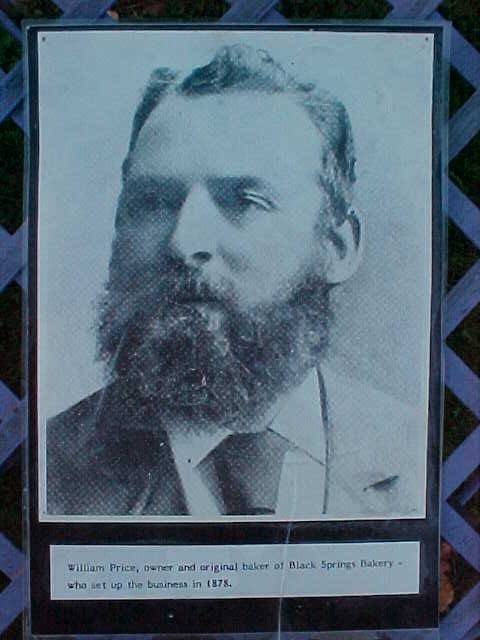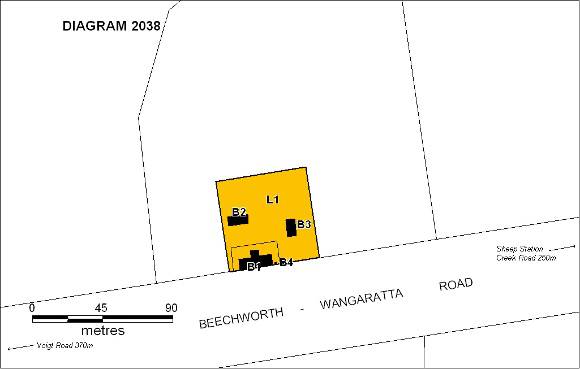| Back to search results » | Back to search page » |
|
BLACK SPRINGS BAKERY
Statement of Significance
What is significant?
The hamlet of Black Springs was a settlement on the road between
Wangaratta and Beechworth, 5km outside Beechworth. Black Springs
existed during the second half of the nineteenth century and the first
years of the twentieth, being one of a number of settlements that
appeared on the edges of Beechworth during that period. Among other
things it consisted of a number of hotels, a blacksmith, a state
school and the bakery. The bakery is the last remaining fabric of the community.
While there was some settlement in the Black Springs area during
the 1850s, possibly to service goldfields traffic between Wangaratta
and Beechworth, Black Springs was more the result of the growth of
farming communities due to land selection in response to the Land Act
of 1869. Black Springs serviced the local farming community and
supplied Beechworth, a government centre, and the adjoining district
with produce. The bakery itself supplied May Day Hills Asylum with bread.
The Bakery was established in 1875 by William Price on land his
father James Price, a market gardener, had selected for £1 an acre in
1871.
The Black Springs Bakery comprises three main structures: the
bakery building, a stables and a barn plus a newer stone structure
that houses a toilet and laundry. Price's four room timber cottage
Buffalo View where he lived with his wife Elizabeth and their
thirteen children was located next to the bakery complex. The house
was named because of the view it, and the bakery, has directly across
the valley to Mt Buffalo.It was moved into Beechworth in 1947.
The main body of the bakery building was built in 1877 of coursed
ashlar walls of Beechworth granite with brick quoining around the
windows. This structure was built to replace the original timber
structure that was built in 1875 when William Price established the
bakery. The bakery was added to in 1890 with the addition of a flour
room on to the eastern side and a utility room on the west. The
additions are of the same material and construction as the original
bakery. Attached to the bakery is the oven, which is a free standing
brick structure with a timber framed corrugated iron roof. The oven
fell into disrepair after the bakery stopped production in 1942 but
was renovated to its current condition in 1977. There is a Virginia
Creeper (Parthenocissus quinquefolia) that grows across the
northern, southern and western facades of the bakery that was planted
around the time the original section of the stone bakery was built.
The Stables, built of rusticated ashlar walls of Beechworth
granite, were built in 1890. They were originally located next to the
bakery building and the well but were moved to their present location
after an outbreak of typhoid when it was thought that stables were
contaminating water supplies. Although now modified for use as a
residence, the building still has much of the original stables
elements intact and in place. These include the original granite
flagstone floor, the timber post and beam internal structure with
cutouts and mortice holes. The roof structure, although now lined with
plasterboard sheets is still intact and its shape discernible.
The barn, built in 1880, soon after the construction of the stone
bakery and now used for accommodation, is built of coursed ashlar of
Beechworth granite.
The well was dug in 1871 for James Price's market garden and
covered in 1894 by a slab of granite which stone mason Thomas Fluke
cut the centre hole. The slab has the initials WP, TF and the year
1894 carved into it.
How is it significant?
Black Springs Bakery is of historical, architectural and
technological significance to the State of Victoria.
Why is it significant?
The Black Springs bakery is of historic significance as the last
remaining collection of buildings from that settlement and also as
representative of the number of other settlements that existed on the
edge of Beechworth at the end of the nineteenth century. As the last
remaining fabric of that community, the bakery is also significant as
part of a settlement that grew as a result of the migration of people
to the land in response to the Land Act of 1869. This act was
instrumental in changing settlement patterns and land use throughout
the state.
The Black Springs Bakery complex is of historical significance as
an intact collection of purpose built structures which demonstrate an
example of nineteenth century rural industry.
The Black Springs Bakery oven is of technological significance as
an outstanding and rare example of an intact nineteenth century
commercial wood fired baker's oven.
The buildings of Black Springs Bakery are of architectural
significance as a comprehensive collection of intact buildings
demonstrating nineteenth century construction techniques and patterns
of use.
Group
Manufacturing and Processing
Category
Bakery


